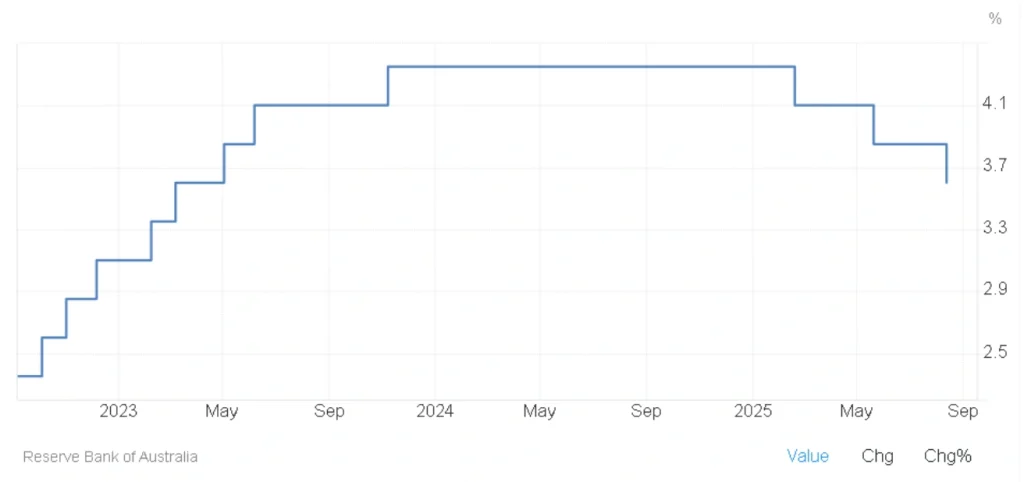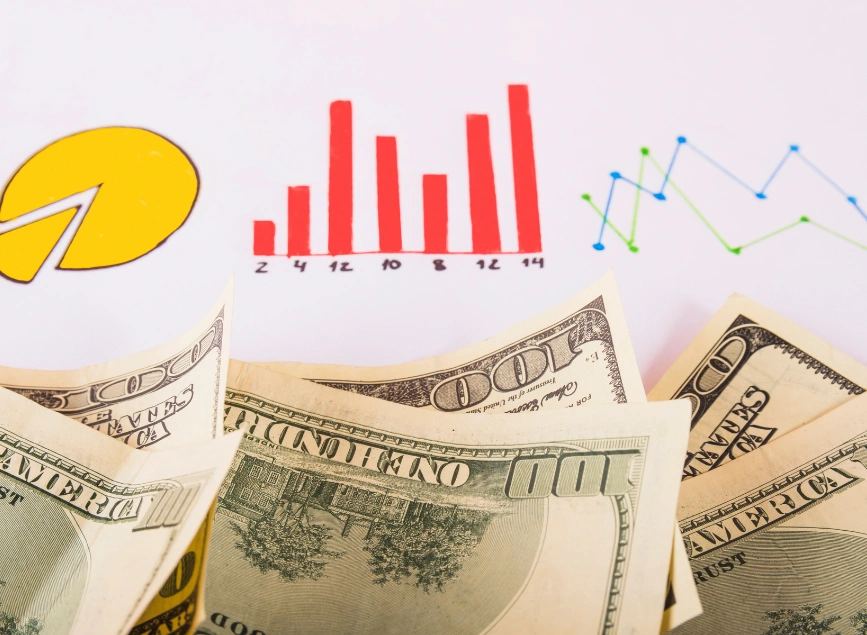
RBA Cuts Cash Rate to 3.6%, Signals Data-Driven Path Ahead
The Reserve Bank of Australia (RBA) reduced its cash rate by 25 basis points to 3.6% at its August 2025 meeting, aligning with market expectations and marking the lowest level since April 2023. The unanimous decision brings the total rate cuts for the year to 75bps, driven by easing inflation and a softer labour market.
Inflation Back Within Target Range
The RBA highlighted that inflation has retreated from its 2022 highs and is now within the 2–3% target range, reducing the need for tighter policy. While cost pressures have eased, policymakers noted ongoing uncertainty in domestic and global markets (particularly around trade policies) that could weigh on growth.
Balanced Outlook Amid Global Risks

The central bank signalled a cautious approach, saying monetary policy is “well-positioned to respond” to changing global conditions. The RBA expects household consumption to gradually recover as real incomes improve, but weak demand in certain sectors is preventing firms from fully passing on costs, posing a risk to economic momentum.
Read More: US Initial Jobless Claims Rise to 226,000, Indicating Labor Market Softening
Data-Driven Policy Going Forward
Policymakers reiterated they will closely monitor demand trends, inflation data, labour market shifts, and financial conditions before deciding on future moves. This flexible stance reflects the RBA’s aim to balance supporting growth with keeping inflation in check.
📊 Key Policy Highlights
| Policy Decision | Change | New Level |
|---|---|---|
| Cash Rate | -25bps | 3.6% |
| Year-to-Date Cuts | Total -75bps | — |
| Inflation Range | Within 2–3% target | — |
Key Takeaways:
- RBA cuts rates for third time in 2025, now at lowest since April 2023.
- Inflation easing and softer labour market behind the move.
- Caution remains due to global trade policy uncertainty.
- Policy to remain data-driven for future rate decisions.
Share
Hot topics

What Is Forex Fundamental Analysis?
Forex trading can seem confusing from the outside. Charts move quickly, prices change every second, and traders talk about pips (the smallest unit of price movement), spreads (the difference between...
Read more




Submit comment
Your email address will not be published. Required fields are marked *